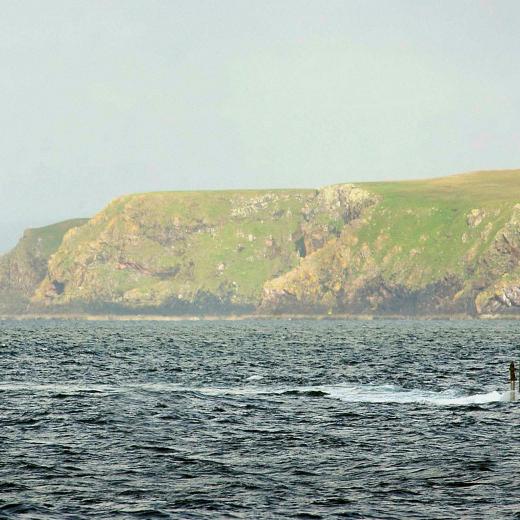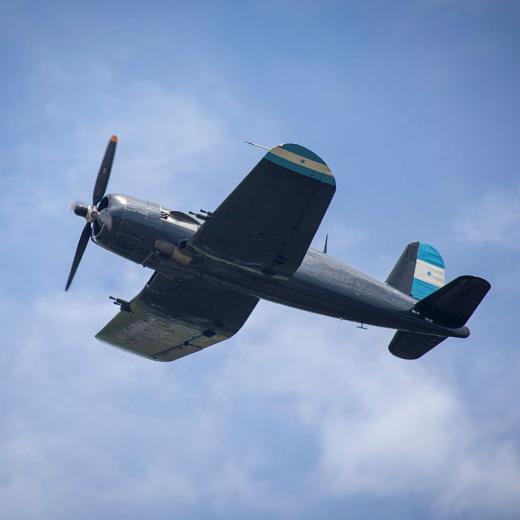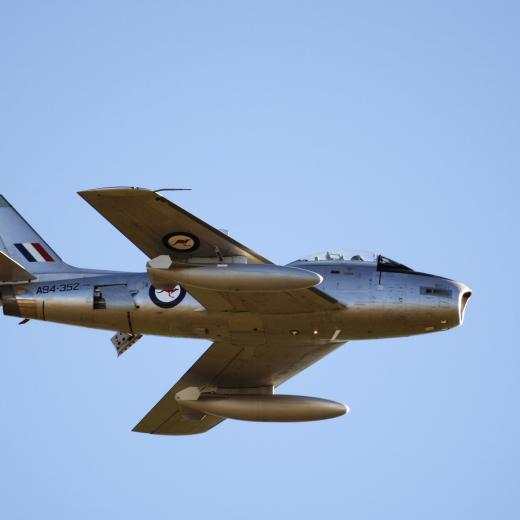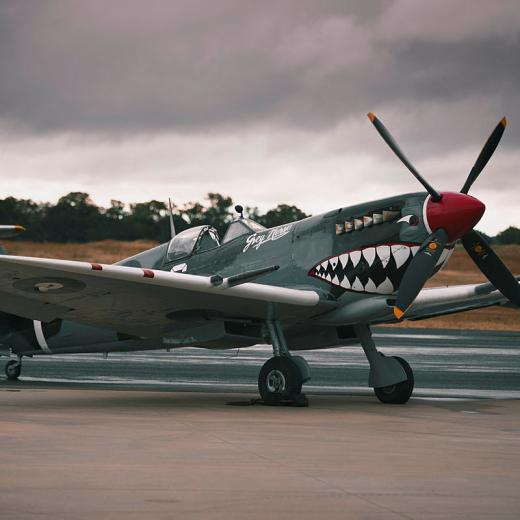BLUF
This article argues the WW1 air campaign over 1917 Flanders (Belgium) changed the nature of aerial warfare as the Allies and Central Powers developed an air support doctrine and new technology.Summary
James s. Corum writing for History Net makes the following points about air operations during WW1:
- Between 1914-16 the primary use of aircraft was aerial reconnaissance and observation.
- New communications technology allowed coordinated fighter, reconnaissance, and anti-aircraft army support.
- Strategic bombing and close air support were now possible, with both sides using hundreds of aircraft.
- Better organization, manuals, SOPs, doctrine and training, allowed the Luftstreitkräfte to hold its own against numerically and technologically superior Allies.
- All army aircraft, observation balloons and anti-aircraft units were under a specialized headquarters.
- Forward observers immediately reported aircraft numbers, altitude, and direction to the army aviation HQ.
- Signals intelligence monitored enemy radio transmissions, broke their tactical codes, and analyzed enemy communications.
- The Germans adopted a defensive strategy causing heavy Allied casualties for minor gains.
- Flanders was important to Germany as it was used for German submarine and heavy bomber bases.
- The Royal Flying Corps (RFC) hoped to win a war of attrition by using their superior numbers.
- The British had to cross into German territory to win air superiority, so British pilots who were shot down and survived were usually captured.
- Due to prevailing west to east winds, many damaged German aircraft (including the Red Baron) could glide home.
- New German flak technology downed 467 Allied planes. (700 in 1918.)
- The British had less interest in anti-aircraft guns.
- Well-trained aerial observers were crucial in artillery direction.
- Both sides processed tens of thousands of aerial photographs.
- The RFC and ground forces standardized signal and observation procedures.
- Many German reconnaissance aircraft had radios.
- Being surrounded by flak guns made enemy balloon destruction hazardous.
- Massed fighters became the norm.
- German pilot training was far more thorough and systematic than British training (8000 killed in accidents).
- The Germans used heavy bombers and high level, oxygen equipped reconnaissance aircraft.
- The Germans dropped more bombs, inflicted more damage and had more effective close air support.
References
Recent Runway Posts related to this topic:
- Jutland, Battle of | The Runway (airforce.gov.au)
- Why Revolutionary HMS Dreadnought Never Used Its Big Guns | The Runway (airforce.gov.au)
References from the Web:
- World War One – The Battle for the Skies | Historic UK
- Technology and equipment developed during World War I | ANZAC Portal
- JAN 2014 Aerial warfare during World War One | British Library
- DEC 2017 What impact did the First World War have on aircraft and aerial warfare? | Imperial War Museum
Source: History Net
- Link to Source: HistoryNet
- Media Check: About Us - History (historyonthenet.com)
- LEARNING OUTCOMES—RUNWAY | The Runway (airforce.gov.au)
- Site pending media bias check but reliable source and article is written by an acknowledged academic





